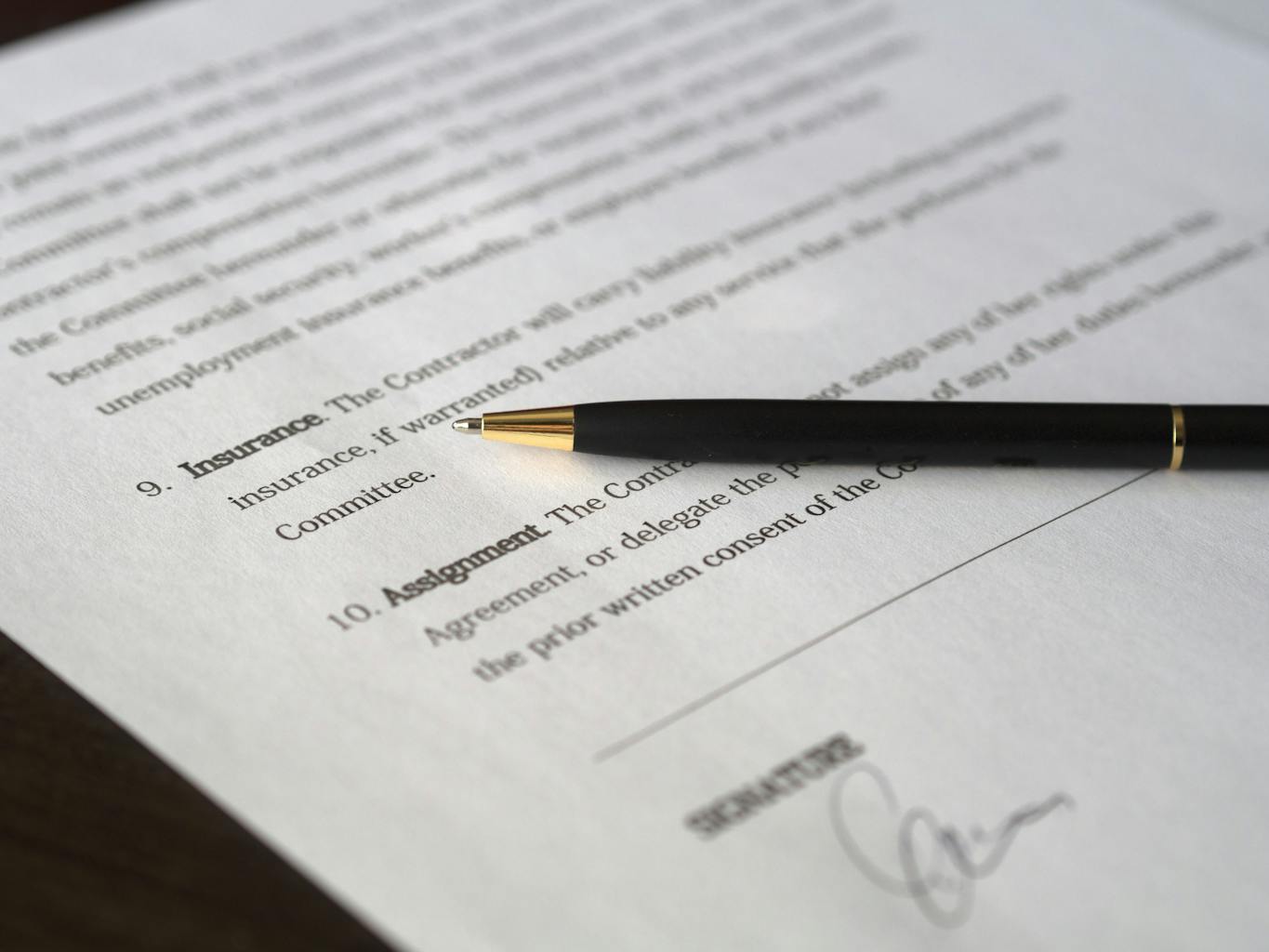Why GDPR matters for your business
If you receive invoices, contracts, applications, or just the occasional business card, chances are you’re handling personal data. The GDPR isn’t just a distant worry for big companies – it applies to freelancers and small businesses just as much. Getting document management right from the start keeps your business secure and your customers happy. But what does the “right way” even look like for day-to-day work?
Understanding sensitive documents under GDPR
Let’s clarify: Sensitive documents include anything that contains personal information – employee data, client information, financial details, medical records, even CVs. Under the GDPR, how you collect, store, process, and delete such documents is strictly regulated. That might sound overwhelming, but with a few habits and the right tools, it’s easier than you think.
The basics: Storing and handling documents safely
- Access control: Only let people see documents if they really need to.
- Secure storage: Use strong passwords and encrypted drives or trusted cloud services.
- Minimal retention: Don’t keep data longer than you actually need it. Set reminders to review and delete outdated files.
- Safe sharing: Never send sensitive files over insecure channels like open email. Use links with expiry dates or encrypted attachments.
GDPR-compliant document workflows: How to keep things simple
No need to reinvent the wheel: Most GDPR requirements can be met with a handful of best practices and the right SaaS tools. Here’s a step-by-step example of a privacy-friendly workflow:
- Receive and sort: As soon as a document arrives (by email or scan), save it in a secure, organized location.
- Extract what counts: Only process the data you really need. With a document extraction tool like manyparse, you can automatically pull out just the relevant information from PDFs, scanned documents, or even images – and skip the rest.
- Document handling: Tag files clearly (e.g., “invoice – May 2024”), avoid duplicate copies, and note down when files should be deleted.
- Track and delete: Regularly check which documents are no longer needed and securely delete them. Ensure backups are up-to-date and old backups are discarded safely.
Tips for freelancers and small businesses
Feeling overwhelmed? You’re definitely not alone! Here are a few actionable ideas that make life easier:
- Choose tools wisely: Don’t just grab any cloud service – check where data’s stored and what privacy safeguards exist.
- Don’t overcomplicate: GDPR isn’t about having an endless list of policies – it’s about consistent, simple safeguards in daily routines.
- Educate yourself (and team): Short, regular reminders or checklists work much better than annual deep-dives.
- Automate where possible: Extracting and sorting document data with tools like manyparse ensures less risk and fewer manual errors.
GDPR FAQs for document handling
- Do I need client permission for every document? – Not always, but a clear reason for holding the data and informing clients goes a long way. For most business documents, written permission is best.
- What if a client asks for their data to be deleted? – You’re required to comply (unless you’re still legally required to keep it, e.g., for tax).
- Is scanning and extracting data risky? – Only if you use unsecure or unencrypted tools. Reliable platforms handle your data securely and transparently.
- Can I automate GDPR compliance? – Automation helps, but you’re still responsible for data decisions. The right tools automate safe extraction, sorting, and deletion steps.
Conclusion: GDPR doesn’t have to be complicated
GDPR compliance isn’t about adding more stress to your workday. With some good habits and a little help from user-friendly tools, you can focus on work instead of paperwork. Start with small steps: review how you store and share files, and try automating repetitive tasks safely. If you want to make extracting sensitive info from PDFs or images hassle-free, give manyparse a go for free. Sometimes the simple way is the secure way!



